Great Islamic Admirals of the Mediterranean Sea
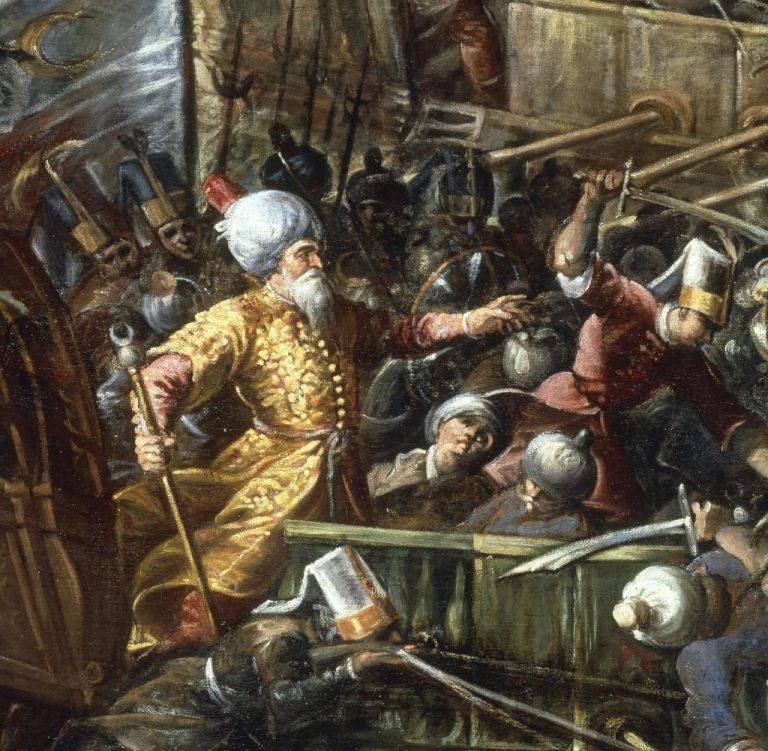
In previous articles Islamic Pirates of the Mediterranean и The Disciples of Khair ad Din Barbarossa we remembered Aruja Reis and his younger brother Khair ad Din Barbarossa, the Great Jew from Smyrna Sinan Pasha and Turgut Reis. This will tell about some other famous corsairs and admirals of the Maghreb and the Ottoman Empire, as well as the great battle of Lepanto.
Successors of Barbarossa
The official successor of Khair ad Din Barbarossa at the post of Beylerbey of North Africa was originally declared his son Hassan (whose mother was a woman from a family of Sephardic Jews expelled from Spain). However, he was not serious about the alliance of Porta with France and, contrary to the will of the Sultan, attacked the ships of this country. Therefore, in 1548 it was replaced by the Turgut-Reis already known to us. Later, Suleiman the Magnificent nevertheless returned to his son Barbarossa the post of governor of North Africa, however, not for long. In 1552, under the pretext that Hassan was not making enough efforts to conquer Morocco, he was again removed from his post, which was now occupied by Sala Reis, an Arab who received Turkish education, whose family moved to the Aegean coast of Turkey from Alexandria . But Suleiman apparently had some special feelings for the family of the famous pirate and admiral, because he appointed Hassan the ruler of Algeria again - in 1557, and again removed him in 1558. Finally, he was sent to Algeria in 1562 and remained there until 1567, when he was recalled to Constantinople, for some time was commander of the Ottoman fleet and took part in the battle of Lepanto, unfortunate for the Ottoman Empire (1571).
And in Algeria, he was replaced again by Salah Reis.
Salah reis
In European sources, he was sometimes called Cale Arraez (from Arabic - “leader”). He began his career as a corsair even with his elder brother Barbarossa - Aruj. The battle near the island of Formentera (1529), in which the Ottomans defeated the Spanish fleet of Admiral Rodrigo Portundo (who died in battle), was especially glorified. Salah then commanded 14 galliotes; his ship captured the galley, on which was the son of the Spanish admiral.
In 1535, he took part in the defense of Tunisia, which was attacked by the 30th army of Emperor Charles V (this was described in the article The Disciples of Khair ad Din Barbarossa).
At the battle of Preveza (1538), Salah commanded the right flank of the Barbarossa squadron (24 galleys).
What happened next is not entirely clear: the sources disagree about the fate of this corsair.
Some Turkish authors claim that in 1540 Salah was in Corsica with Turgut-Reis, he was captured by the Genoese with him, and with it was bought by Barbarossa in 1544 (see article The Disciples of Khair ad Din Barbarossa) And Europeans say that in 1543 Salah was in the squadron of Barbarossa and participated in the attack on the coast of Spain. But beyond the discrepancies are gone.
In 1548, Salah, commanding 18 galliotes, attacked the Sicilian city of Capo Passero, after which he joined Turgut-reis, their combined squadrons attacked the island of Gozo.
In the fall of 1550, the envoys of Admiral Andrea Doria offered Salah to go to the Spanish service - these negotiations were not successful.
In 1551, he participated in the conquest of Tripoli (along with Turgut-Reis and Sinan Pasha). The following year, he joined Turgut-Reis, and, together with him, attacked the Italian coast in the Gulf of Naples and in the regions of Lazio and Tuscany, then independently captured the island of Mallorca.
In 1555, Salah, at the head of a squadron of 22 galleys, acted against Spain in alliance with the French, and, after returning to Constantinople, was awarded an audience with the Sultan. He twice unsuccessfully tried to capture Oman - in 1556 on his own and in 1563 along with Turgut-reis.
In 1565, Salah took part in the Great Siege of Malta (during which Turgut-reis was mortally wounded at the fort of St. Elm) - at the head of 15 thousand soldiers he stormed the fort of St. Michael.
In the end, as we already said, Salah Reis was appointed the Baylerbay of North Africa, but soon died of the plague - in 1568.
Kurdoglu Reis
We already spoke about this admiral in the first article when we talked about the defeat of the hospitaliers on the island of Rhodes. Kurtoğlu Muslihiddin Reis was a native of Anatolia. In 1508, in exchange for a fifth share of production, he received permission to make Bisertu the base of his squadron. One of his first high-profile operations was an attack on the coast of Liguria, in which 30 ships participated. In 1509, at the head of a squadron of 17 ships, he took part in the unsuccessful siege of Rhodes, on the way back he managed to capture the papal galley. In 1510, in turn captured two islands - the Venetian Andros and the Genoese Chios, taking a good ransom on both of them.
From 1510 to 1514 he operated in the area between Sicily, Sardinia and Calabria, according to contemporaries, almost paralyzing merchant shipping there.
In 1516, he accepted the offer of the Sultan to switch to Turkish service. Then he received the title "reis".
Kurdoglu Reis took part in the expedition to Egypt, with his ships came from Alexandria to Cairo, after the victory he was appointed commander of the Egyptian fleet, which under his leadership was transferred to Suez and became the fleet of the Indian Ocean. The admiral of this fleet later became his son Khizir (named after Khair ad Din Barbarossa), who drove his ships even to Sumatra.
Returning to the Mediterranean Sea, Kurdoglu Reis acted in close contact with Piri Reis, together with him patrolling the Aegean Sea between the islands of Imvros (Gokcheada) and Chios. He then participated in a campaign in Rhodes, ending with the expulsion of hospitaliers from there. It was Kurdoglu Reis who was appointed the Sanjakbey of the conquered Rhodes. In March 1524, he was instructed to suppress the rebellion of the Janissaries in Alexandria, which he carried out in April of that year. And already in August, commanding a squadron of 18 ships, ravaged the coasts of Puglia and Sicily and captured 8 ships.
In May 1525, Kurdoglu Reis boarded 4 Venetian vessels off the island of Crete, in August - arrived in Constantinople, where he received from Suleiman I three large ships and ten galleys with the order to confront the sea knights-hospitaliers and “Christian pirates”.
Since 1530, based on Rhodes, he acted mainly against Venice.
Kurdoglu Reis died in 1535.
Italian hero Maghreb and Ottoman Empire
The disciples of Khair al-Din Barbarossa Uluj Ali (Uluch Ali, Kylych Ali Pasha), already mentioned by us in the article, were named Giovanni Dionigi Galeni from birth.
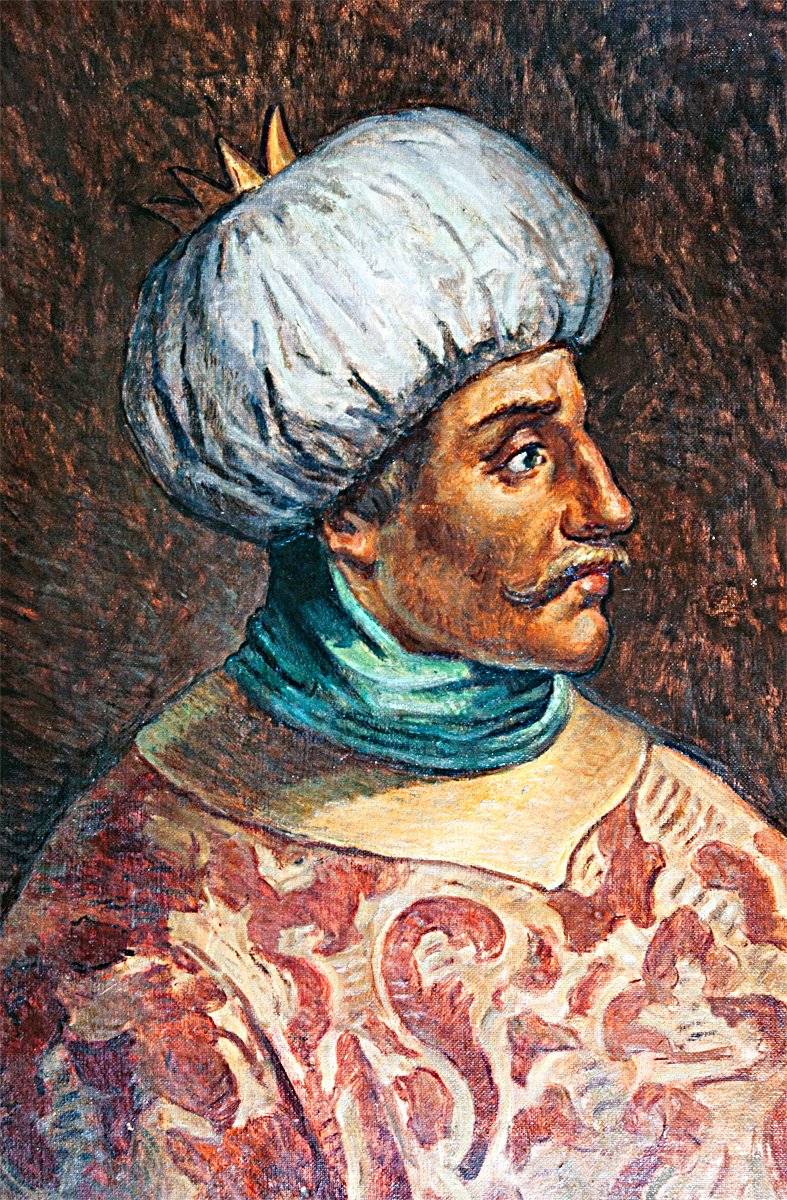
He was born in 1519 in the Calabrian village of Le Castella and at the age of 17, during the raid of the Barbarian pirates, he was captured by Ali Ahmed, one of the captains of the famous Khair ad Din Barbarossa. For several years he was a slave in a pirate gallery - until he converted to Islam, thus becoming a member of the team. He turned out to be very dashing corsair - so much so that he made a good impression on Turgut Reis himself, and the Turkish Admiral Piyale Pasha had a very flattering opinion about him. Already in 1550, Uluj Ali took the post of governor of the island of Samos, by 1565 he rose to the status of Alexandria's beyerbey.
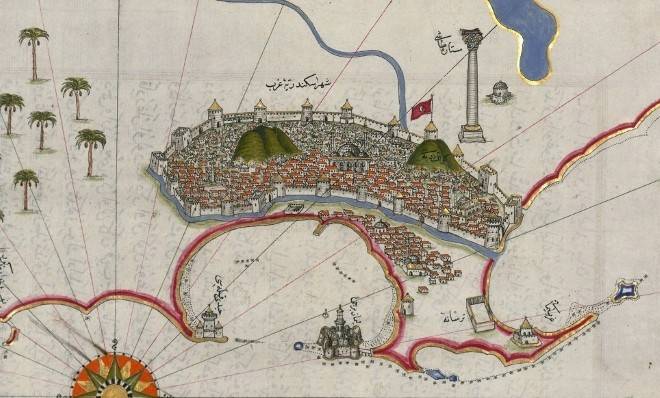
He participated in the siege of Malta, during which Turgut died, and took his place in Tripoli. In the position of the Pasha of Tripolitania, he led attacks on the coast of Sicily and Calabria, robbed the vicinity of Naples. In 1568 he was "promoted", becoming the Baylerbay and Pasha of Algeria. In October 1569, he expelled from Tunisia Sultan Hamid from the Hafsid dynasty. In the same year, he defeated a squadron of 5 galleys of the Order of the Hospitallers: 4 were taken on board, Admiral Francisco de Sant Clement managed to leave for the fifth - to be executed in Malta for cowardice.
In 1571, Uluj Ali took part in one of the greatest naval battles of the world. stories.
The Battle of Lepanto
Historians consider the Battle of Lepanto one of the four largest naval battles in World History and the last major battle of the rowing fleet era. The Christian League of the Holy League consisted of 206 galleys (108 Venetian, 81 Spanish, 3 Maltese, 3 Savoy, the galleys of the Pope), 6 huge Venetian galeases, 12 large Spanish ships, as well as about 100 transport ships. The number of their crews reached 84 thousand people (including 20 thousand soldiers, among whom was Miguel Cervantes de Saavedra, who received three wounds in this battle, as well as his brother Rodrigo).
This huge fleet was commanded by the half-brother of the Spanish king Philip II, don Juan of Austria (illegitimate son of Charles V).
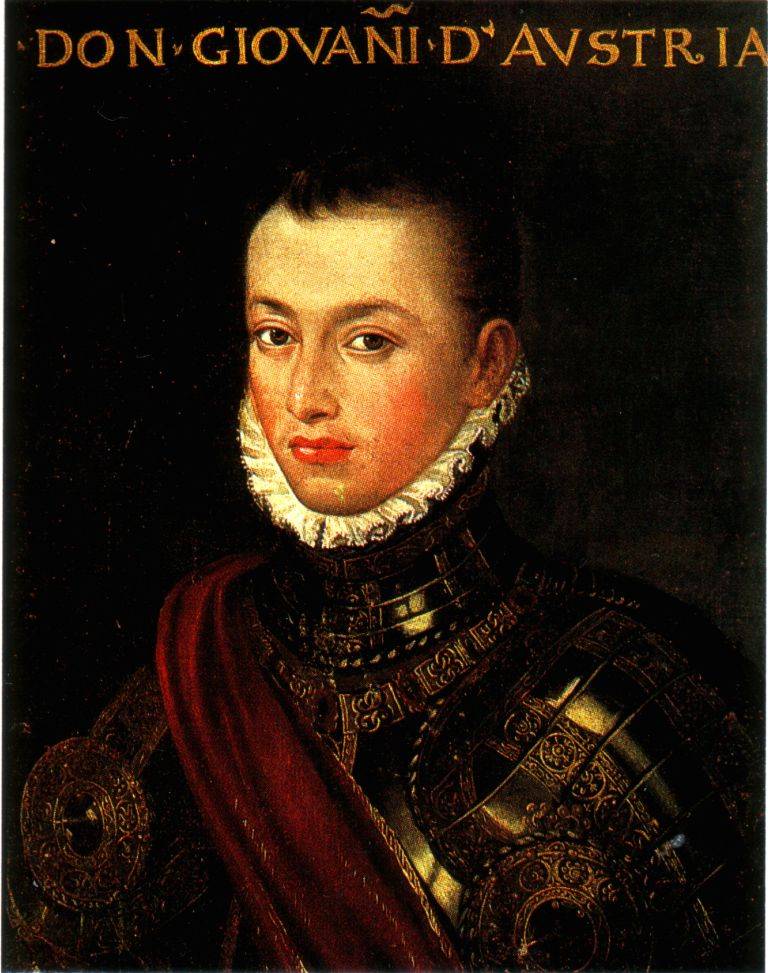
The admiral of the Spanish ships was the already mentioned Giovanni Andrea Doria, a relative of the famous admiral (he was defeated at the island of Djerba, where he fought against Piyale Pasha and Turgut Reis - see and article The Disciples of Khair ad Din Barbarossa) The Venetian courts were commanded by Sebastiano Venier (the oldest of the Christian admirals - he was 75 years old), the galleys of the pope - Marc Antonio Colonna.
The Ottoman fleet had from 220 to 230 galleys and 50-60 galliots, which accommodated up to 88 thousand people (including about 16 thousand in boarding teams).
Kapudan Pasha at that time was Ali Pasha Muezinzadeh - aha the Janissary, a man who was certainly brave, but completely inexperienced in naval affairs, received this post after another rebellion of his subordinates, which accompanied the accession to the throne of Sultan II. XNUMXth-century Turkish historian Mehmed Solak-zade Hamdemi spoke of him like this:
Ali Pasha Muezinzade headed the ships of the center (91 galleys and 5 galliots). The governor of Alexandria, Mehmet Sirocco (Sulik Pasha), a Greek by birth, led the right flank (53 galleys and three galliots). Uluj-Ali, Algeria's Baylerbey, commanded the ships of the left flank (61 galleys, three galliots) - these were mainly the ships of the Barbary corsairs. In addition to Uluj himself, there were three more Europeans among Algerian captains: Hassan from Venice, Frenchman Jafar and Albanian Dali Mami.
In the reserve of the Ottoman fleet, 5 galleys and 25 galliotes were left.
The battle of Lepanto took place on October 7, 1571 in the Gulf of Patras, and the fleets of the opposing sides collided there quite by accident: both the Ottomans and the Europeans did not know about the enemy’s movement. Europeans were the first to see the masts of Turkish ships, and the first to line up for battle. In the center were 62 galleys of Juan of Austria, ahead of which were followed by powerful “floating fortresses” - the galeases. The right wing (58 galleys) was commanded by Doria, the left (53 galleys) was Venetian Admiral Agostino Barbarigo, who, judging by his last name, was a descendant of the Arabs of North Africa who converted to Christianity (not the “Venetian Moor Othello,” of course, but could have become his “grandson” "Or great-grandson" in Shakespeare's new tragedy).
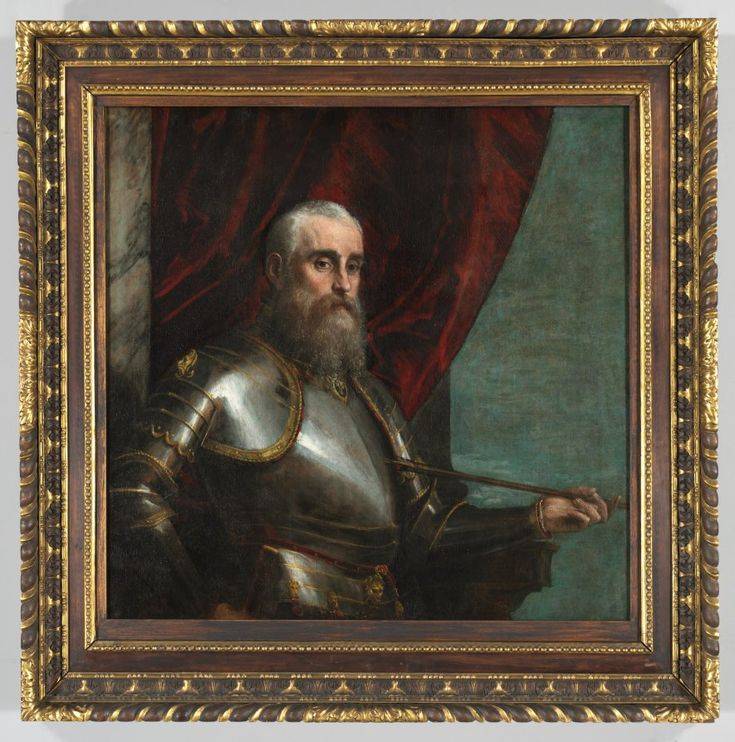
Another 30 galleys were left in reserve, commanded by the Marquis of Santa Cruz.
The Turkish fleet was moving towards, lined up.
The outcome of the battle was decided by the battle of the centers, in which the commanders took personal part.
Ali Pasha Muezinzade was an unsurpassed archer, the Spanish bastard Juan was a “master of swords” (directly elf Legolas against Aragorn), and the flagship gallery of Christians “Real” met in a fierce battle with the Ottoman “Sultana”.
Other ships rushed to the aid of their admirals - and the Aragorn eventually won. The fact is that there were more soldiers on the ships of the Holy League - in the boarding battle, the Ottomans had no chance. Ali-Pasha’s severed head was hoisted on a pole, and this depressed the crews of neighboring Turkish ships.
On the right flank, the Ottomans had every chance to win: the European captains, without pilots, kept away from the coast, this allowed Mehmet Sirocco to get around their ships and attack from the rear. Osmanov again let down a small number of soldiers on ships - in the ensuing boarding fights they were in the minority and were defeated.
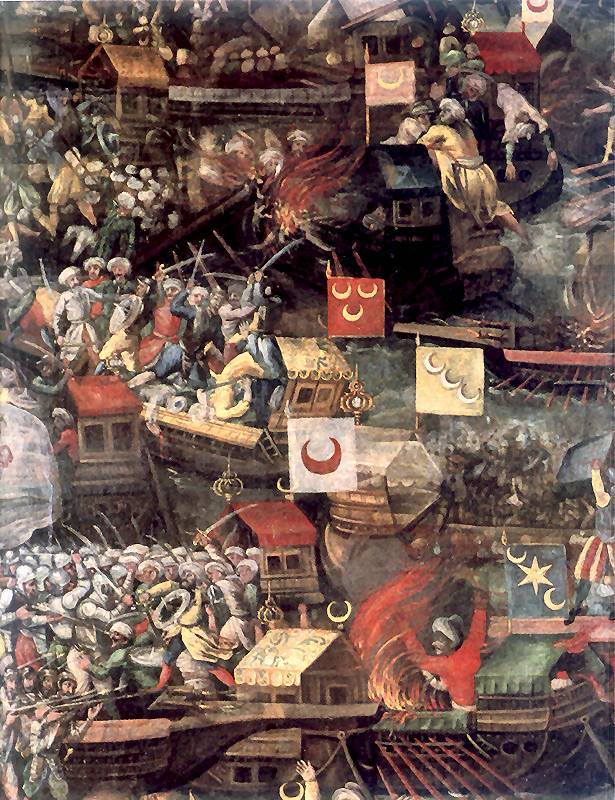
During the battle, Barbarigo, the commander of this squadron, raised his visor, and a Turkish arrow fell into his eye: he died after 2 days from the effects of this wound. Three Italian warships were named in his honor at different times.
Mehmet Sirocco also died in battle.
On the left flank of the Turkish fleet, Uluja-Ali ships successfully operated. The famous admiral managed to cut off the Doria squadron from the main forces, sank several enemy galleys and captured the flagship of the grandmaster of the hospitaliers. Then, with 30 galleys, he rushed to the aid of Kapudan Pasha, but the battle in the center had already subsided: the commander was killed, the Ottomans were defeated.
Uluj-Ali with dignity retreated, taking with him 40 galleys. On the way to Constantinople, he found at sea and added to his squadron another 47 ships escaping from the battlefield. He presented the standard of the Grandmaster of the Hospitallers with the Sultan, who appointed him Admiral of the Turkish Navy and granted the title “Kylych” (Sword). Uludge succeeded in building large ships on the model of the Venetian galleas, in addition, he proposed to put heavier guns on the galleys, and to issue firearms to the sailors weapon.
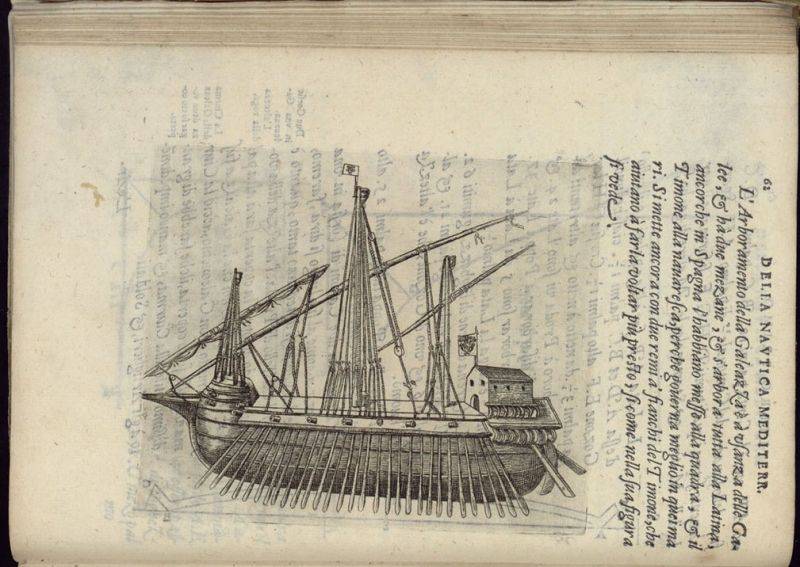
The victory of the Christian fleet was brilliant: 107 Turkish ships were sunk, 117 were captured, about 15 thousand Ottoman sailors and soldiers were captured, 12 thousand Christian rowers were released (about 10 thousand Christian slaves died in the sunken Turkish ships). The Allies lost 13 galleys, from 7 to 8 thousand killed, about 8 thousand people were injured.
Despite the defeat in this grand naval battle, the victory in that war remained with the Ottoman Empire. The holy league fell apart, Uluj-Ali built a new fleet for the Sultan, in 1573 Venice ceded Cyprus to the Turks and paid a contribution of one million ducats.
The battle of Lepanto can be safely compared to the battle on the Kulikovo field. On the one hand, for the winners, these battles had practically no political significance. Two years after Lepanto, Venice signed the world on Ottoman terms, and two years after the Battle of Kulikovo, Tokhtamysh burned Moscow and secured the resumption of payment of tribute in the same amount. Tamerlan, who defeated the Golden Horde, saved Moscow from the degrading consequences of this defeat - this is written in the article “Iron Timur. Part 2".
But at the same time, these victories had a huge impact on the morale of the population of Russia and the countries of Catholic Europe.
After the battle of Lepanto, many poems and poems were written. Victory at Lepanto is dedicated to the paintings of many artists, including two allegorical canvases by Titian, commissioned by the Spanish king Philip II.
Pope Pius V initiated the introduction of a new Catholic holiday, which in 1573 (already under Gregory XIII) was named the Virgin Mary - Tsaritsa Rosary.
However, not everyone was happy about this victory of the Christian fleet in Europe. Dedicated to the Battle of Lepanto, a poem by the Scottish Protestant King Jacob (son of Mary Stuart), written in 1591, caused an explosion of indignation at home. Juan of Austria, the irreconcilable leaders of the Protestants called the "foreign papist bastard", and the king - "hired poet." This is only later, in the twentieth century, Chesterton will call don Juan "The Last Knight of Europe."
But back to our hero - Uluju-Ali. In 1574, he captured Tunisia and La Goletta fortress (Halk el-Oued), lost in 1535, and in 1584 led his ships to the coast of Crimea.
This admiral died on June 21, 1587 in Constantinople, and was buried in the turbine (tomb-mausoleum) of the Kylich Ali Pasha mosque.
This may seem surprising, but a monument to this Ottoman admiral also stands in his homeland, in the Italian town of La Castella:
In the next article we will continue the story of the famous Islamic corsairs and admirals of the XVI century.
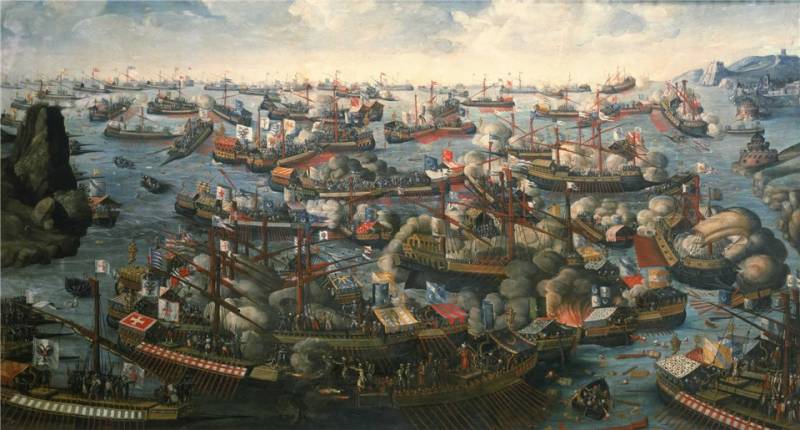
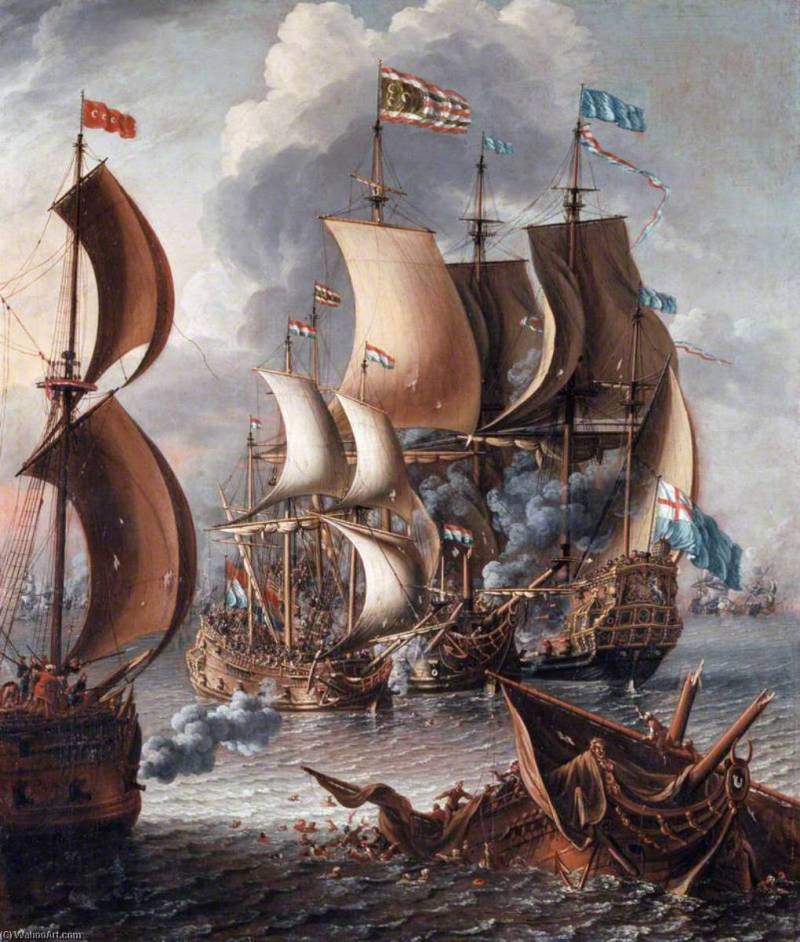
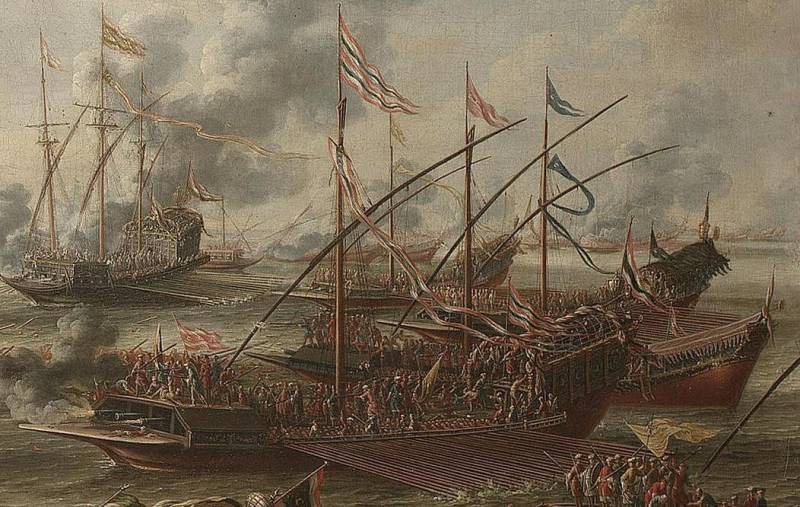
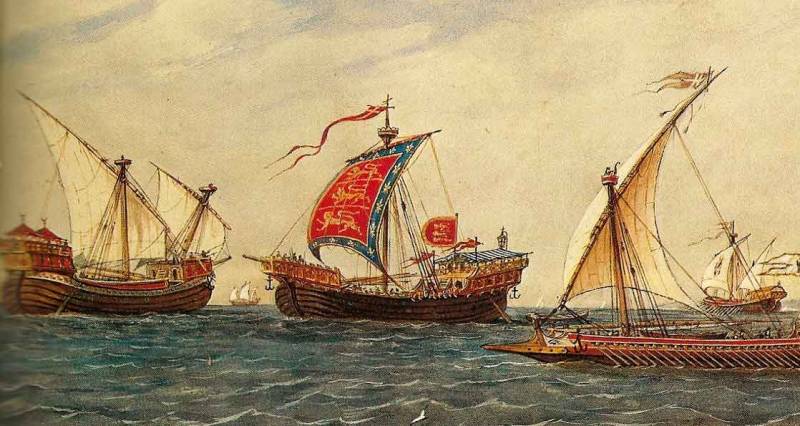
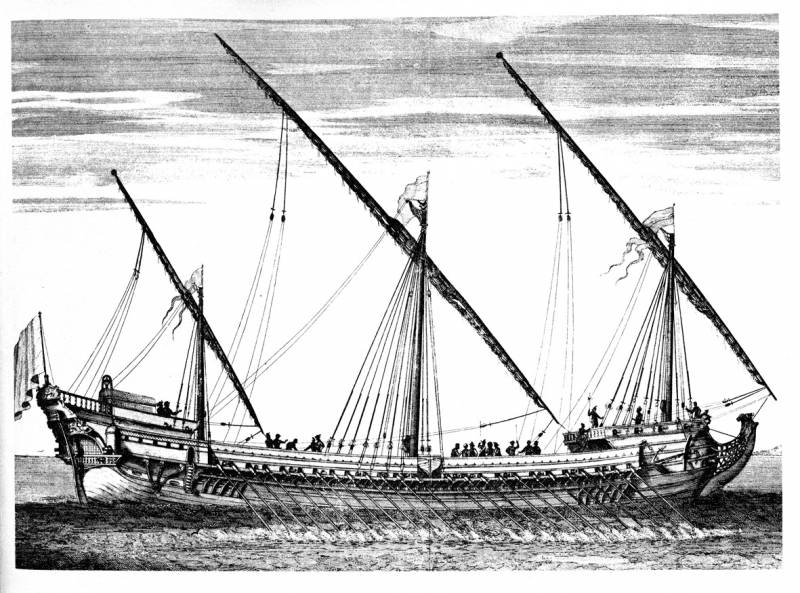
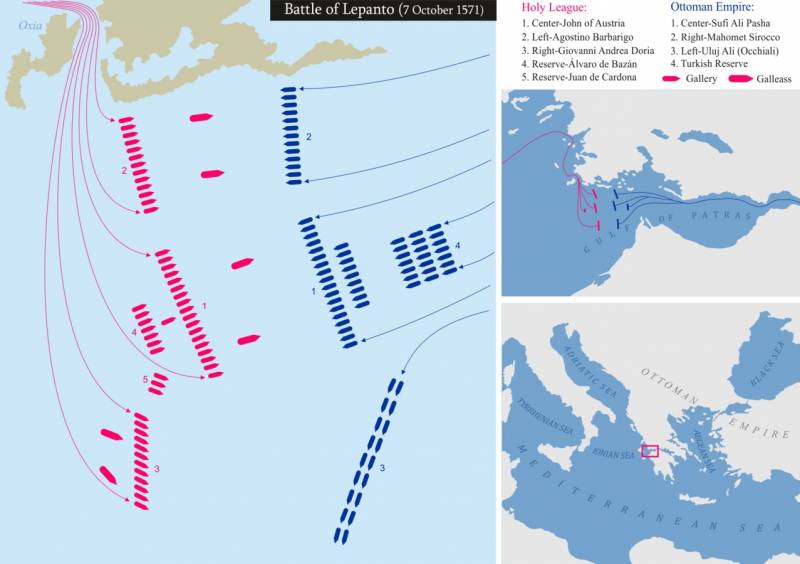
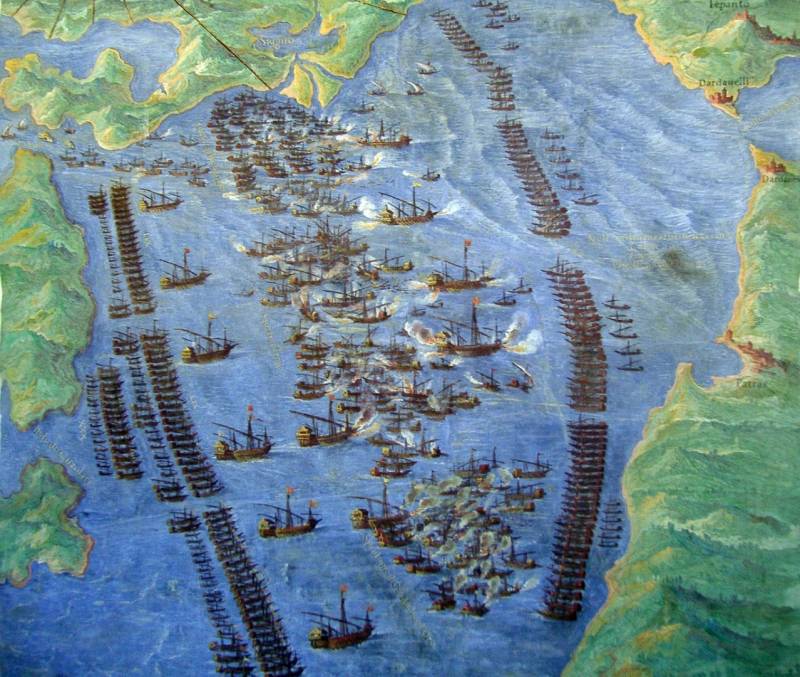
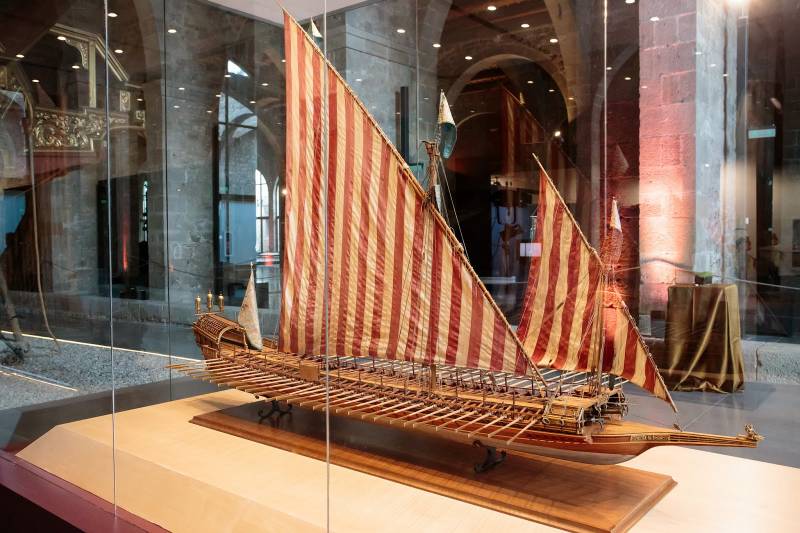
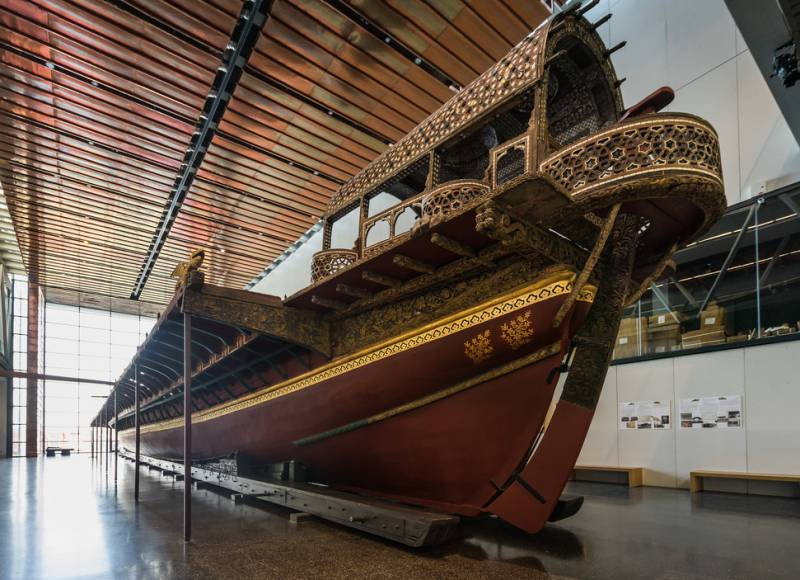
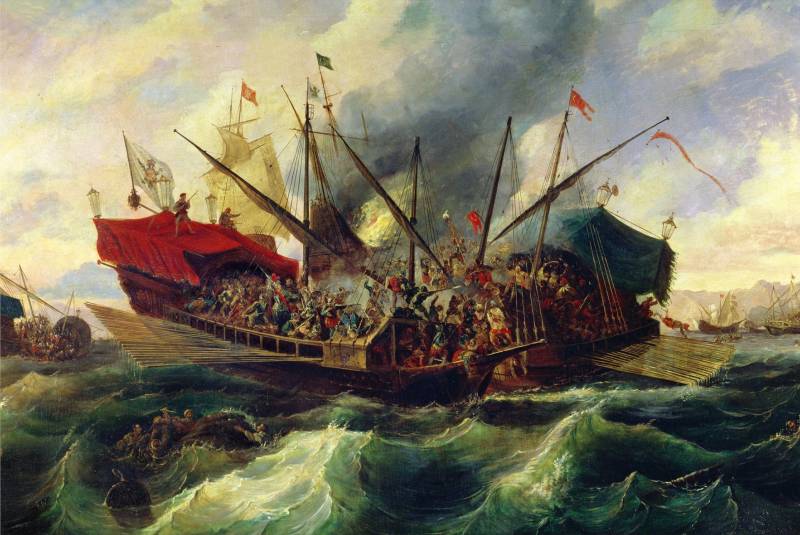
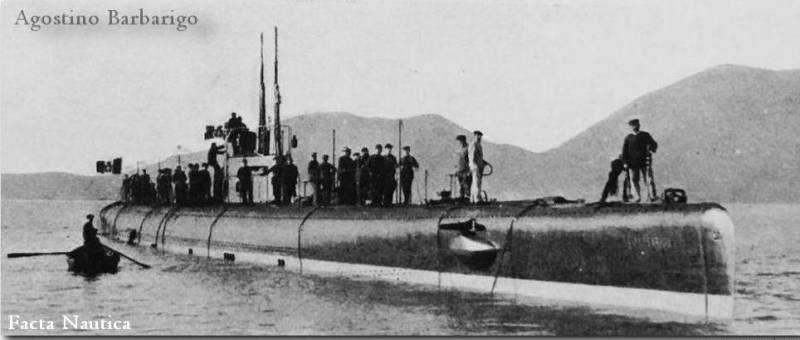
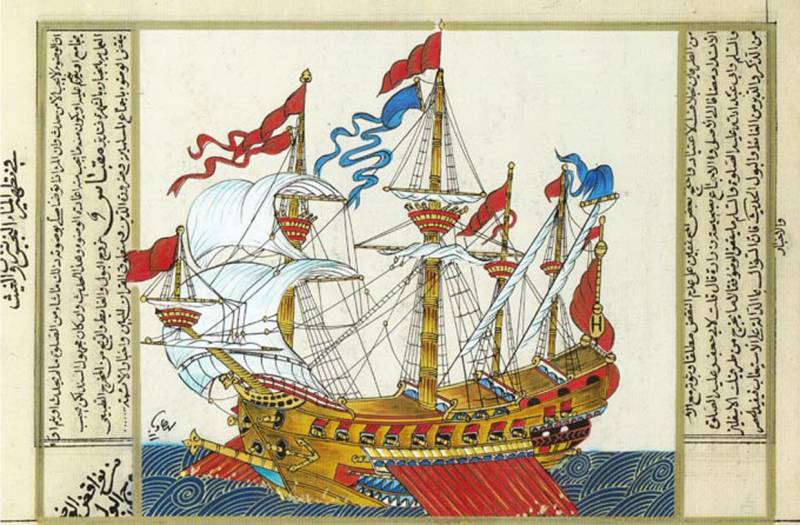
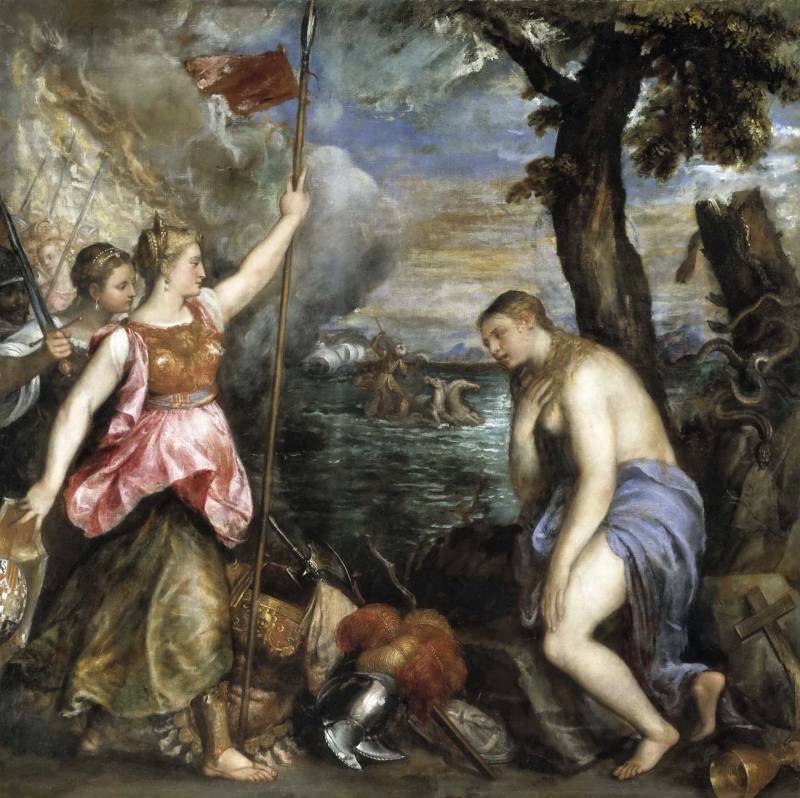
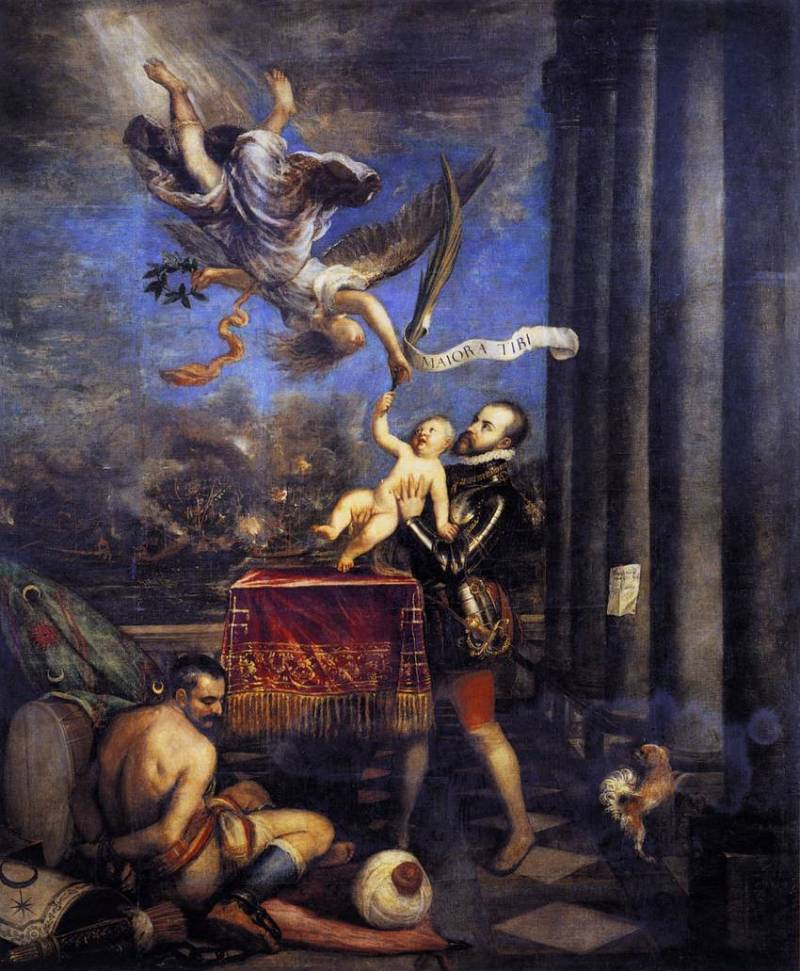
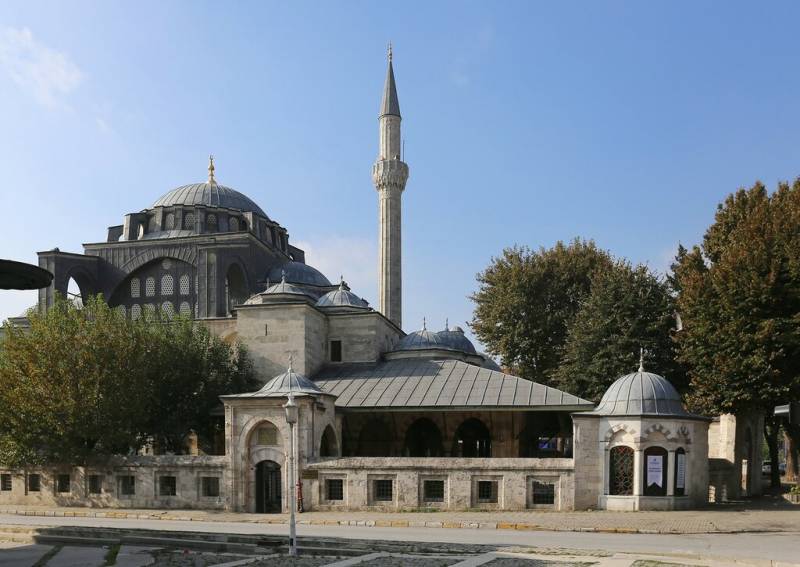
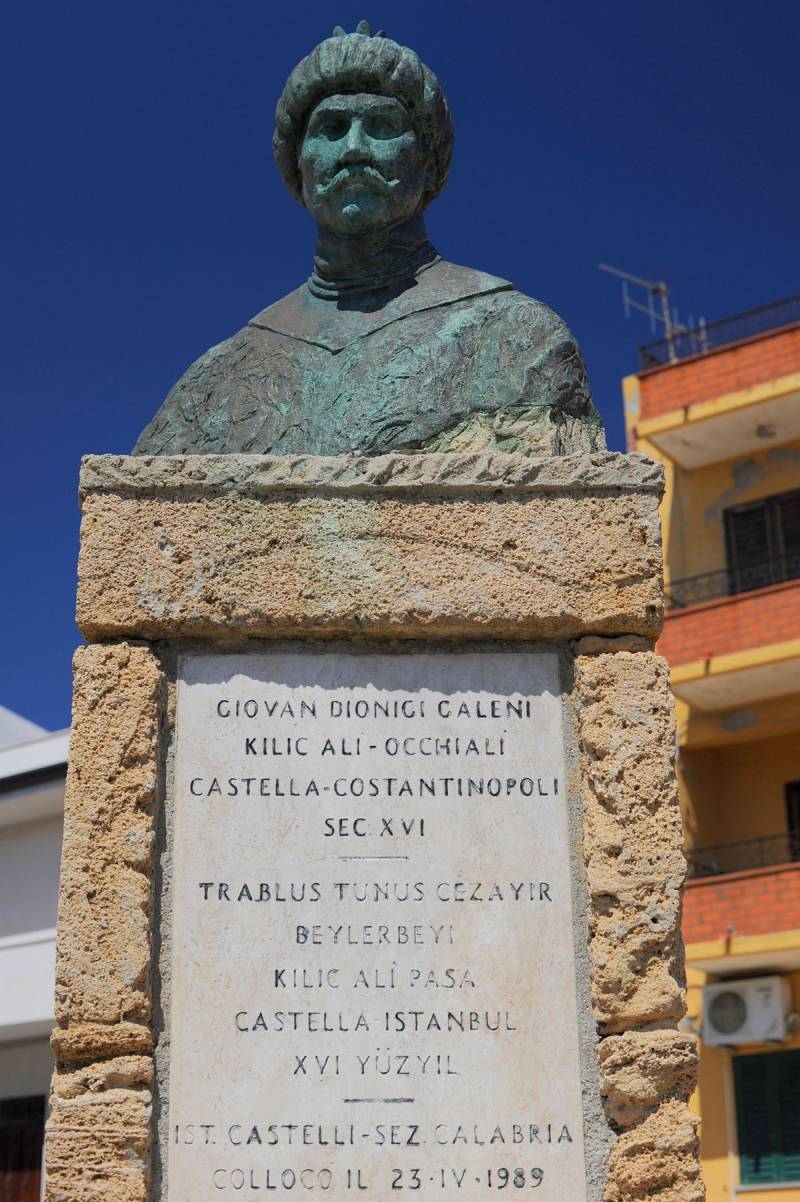
Information